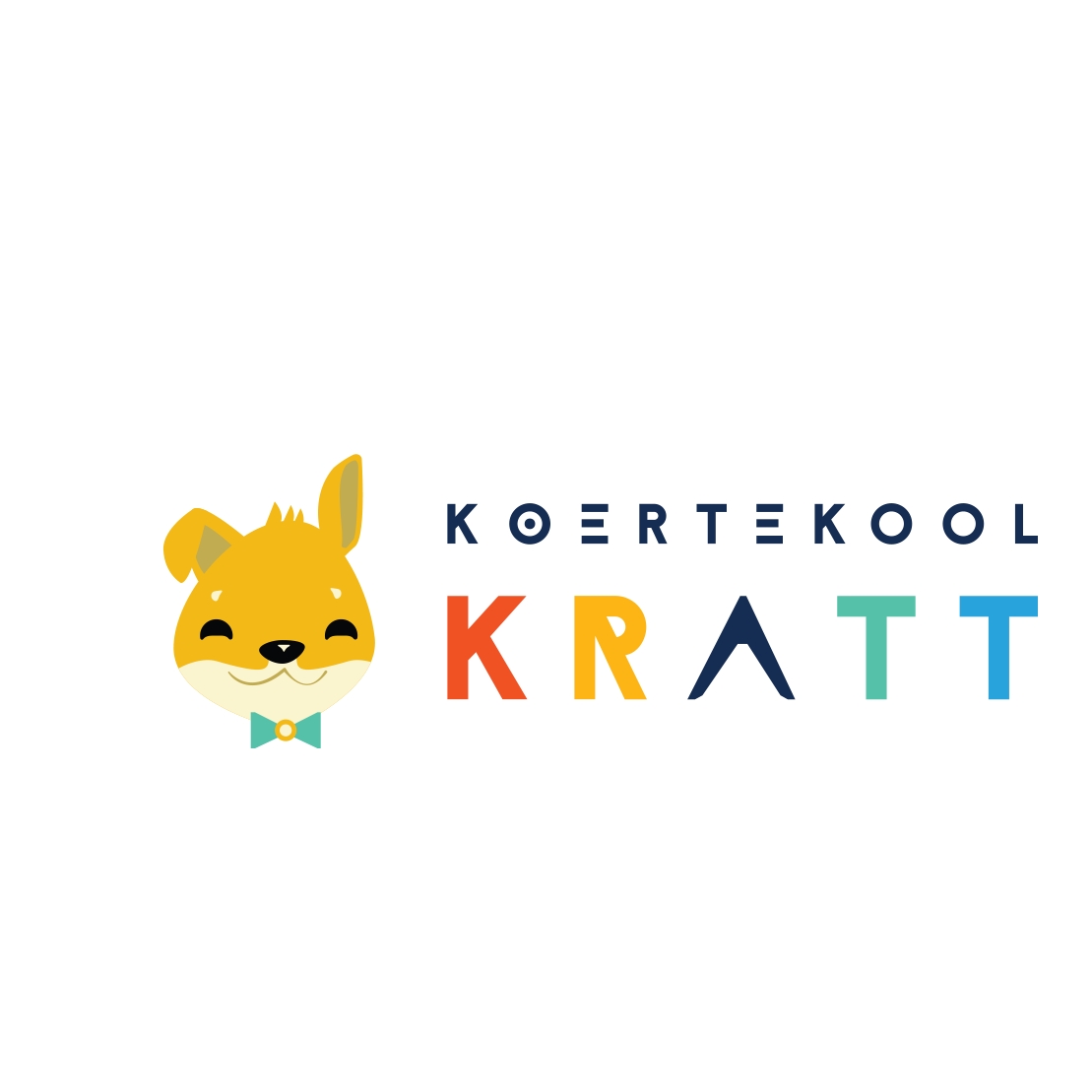Building bonds: the impact of positive reinforcement
Positive reinforcement is a cornerstone of modern dog training, rooted in the idea that rewarding desired behaviors increases the likelihood of these behaviors being repeated. It's a powerful tool that can shape your dog's actions and attitudes, turning training into a rewarding experience for both you and your pet.
At its core, positive reinforcement is grounded in behavioral psychology. It leverages the concept of operant conditioning, where behaviors followed by positive outcomes are reinforced. This method has been scientifically proven to be effective in not only training dogs but also in fostering a positive learning environment.
The Role of Positive Reinforcement in Dog Training
Positive reinforcement offers numerous benefits for dogs, including reduced stress, increased confidence, and a stronger bond with their owners. It encourages dogs to learn and engage in a stress-free manner, which is particularly beneficial for dogs dealing with street concerns, loneliness, and anxiety.
Implementing positive reinforcement techniques involves consistency, timing, and the appropriate choice of rewards. Whether it's a treat, praise, or a toy, the reward must be something that your dog values. Consistent application of these techniques can lead to remarkable improvements in your dog's behavior.
Positive Reinforcement in Action
Positive reinforcement can be applied in everyday scenarios to encourage good behavior. From walking on a leash without pulling to calmly greeting guests, reinforcing these behaviors with rewards can make them a regular part of your dog's routine.
For dogs struggling with behavioral issues, positive reinforcement can be a game-changer. By focusing on rewarding good behavior instead of punishing the bad, you can help your dog overcome challenges such as excessive barking, chewing, or even aggression.
Building a Stronger Bond with Your Dog
Positive reinforcement enhances trust and communication between you and your dog. It sends a clear message of what is expected and provides a pathway for your dog to understand and meet those expectations. This clarity strengthens the bond you share and makes for a happier, more harmonious relationship.
The long-term benefits of positive reinforcement extend beyond obedience. It fosters a deeper connection, promotes mental stimulation, and contributes to the overall well-being of your dog. By investing in positive reinforcement, you're investing in a lifetime of companionship and joy with your furry friend.






Comments (0)